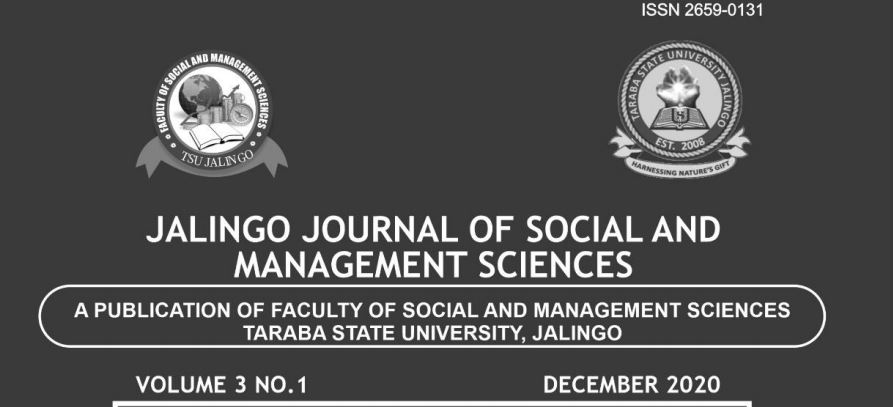Inflation and Manufacturing Capacity Utilization in Nigeria: An ARDL Bound Testing Approach
Keywords:
Auto-Regressive Distributed Lag Model, Economic growth, External viability, Inflation rate, Manufacturing capacity utilizationAbstract
The study examines the impact of inflation on manufacturing capacity utilization in Nigeria from 1986 to 2018. Inflation rate, trade openness, interest rate, gross fixed capital formation, and import of goods and services were the independent variables while manufacturing capacity utilization was the dependent variable. For this study, secondary time series data obtained from the Central Bank of Nigeria (CBN) Statistical Bulletin 2018 and World Development Indicators (WDI), was adopted. In addition, Auto-Regressive Distributed Lag (ARDL) model was employed after conducting a diagnosis test and ensuring that the data was stable. Results of the analysis showed that inflation had a significant negative effect on the country’s manufacturing capacity utilization; trade openness had a negative but insignificant effect on manufacturing capacity utilization; interest rate has a positive but insignificant effect; gross fixed capital formation and import of goods and services had a negative but significant effects on manufacturing capacity utilization. Based on the results, it is therefore recommended that the Nigerian government should implement policies geared towards combating inflation in order to enhance the development of the manufacturing sector’s output which will eventually make the manufacturing sector more vibrant, reduce her unemployment rate, prevent arbitrary distribution of wealth and income and invariable lead to economic growth and external viability.

Downloads
Published
Issue
Section
License
Copyright (c) 2023 JALINGO JOURNAL OF SOCIAL AND MANAGEMENT SCIENCES

This work is licensed under a Creative Commons Attribution-NonCommercial 4.0 International License.
